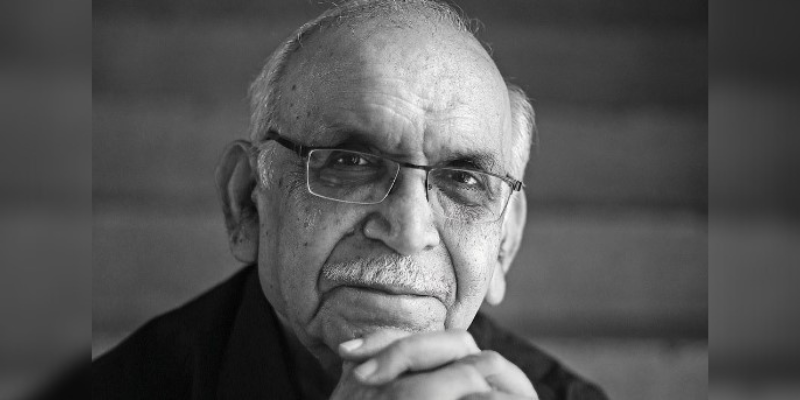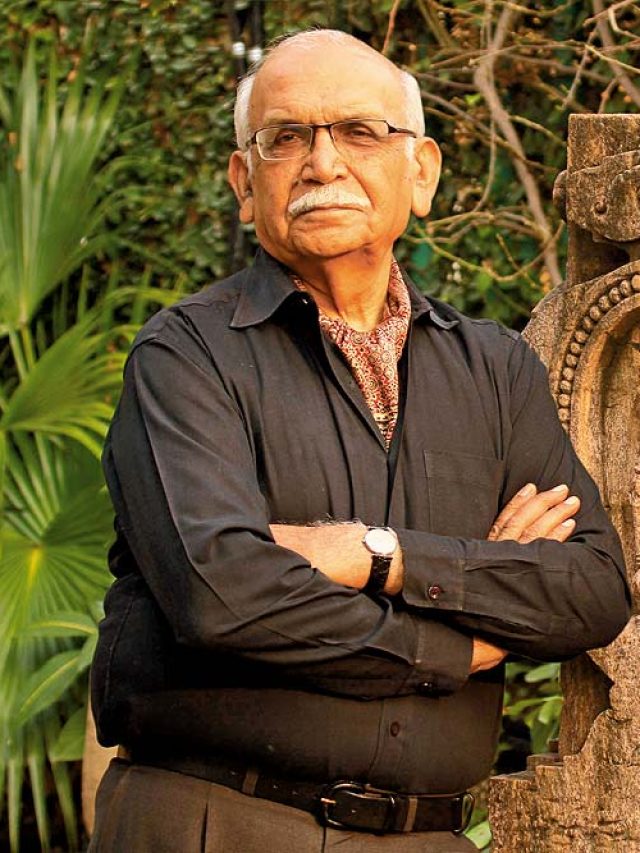B.N. Goswamy was a notable art historian and critic in India, well known for his scholarly work on Indian miniature paintings, particularly the Pahari Painting. His work is diverse, and he is acknowledged as an outstanding scholar in the field of Indian art. Over the years, his study resulted in numerous notable transformations and breakthroughs. B.N. Goswamy spent the last five decades attempting to resurrect lost painters’ dynasties, revamping them, and re-establishing their previously uncertain identities and reputations.
While the world celebrated his new book ‘The Indian Cat: Stories, Paintings, Poetry, and Proverbs‘, they could never peek into what the future held. Almost a fortnight later, BN Goswamy took his final breath in Chandigarh; leaving the land of the living at the age of 90. Although Goswamy might not grace us with his physical presence, his soul, and therefore, his legacy lives on, with the thousands and millions of artists, art lovers, and art enthusiasts. He was an indomitable force, and we are assured his shoes would be hard to fill.
Early Life and Education
Brijinder Nath Goswamy, regarded as one of India’s best art historians, was born in Sargodha, present-day Pakistan, to a Bengali family. Following the partition of India in 1947, Goswamy’s family relocated to Amritsar, Punjab, where he has lived for most of his life.
He graduated from Punjab University in 1954 and was appointed as an officer of the Indian Administrative Services (IAS) in 1956. He quit his service after two years and enrolled in a PhD programme at Punjab University to study art and art history. His research interests centred on the social background in which the Kangra painting practice evolved. His study interests included the history of pre-modern Indian art, particularly Pahari and miniature paintings, and the numerous traditions of Indian court paintings.
Professional achievements
Goswamy was a Professor Emeritus of Art History at Panjab University in Chandigarh (teaching since the 1960s), where he was also instrumental in serving as Director of the Museum of Fine Arts. He received the Padma Shri Award (1998) and the Padma Bhushan Award (2008) from the Government of India for his contributions to Indian arts and literature. He was a recipient of the Jawaharlal Nehru Fellowship (1969), the John D. Rockefeller Fellowship, the Rietberg Award for Outstanding Research in Art History, the Mellon Senior Fellowship, the Tagore National Fellowship, and the Punjab Gaurav Samman (2018).
B.N. Goswamy worked as a visiting professor at several international universities, including the Universities of Heidelberg and Zurich in Germany, as well as the Universities of California, Berkeley, and Los Angeles in the United States. He was also a former vice chairman of the Sarabhai Foundation, which maintains the renowned Calico Museum of Textiles in Ahmedabad. He was a member of the Indian Council of Historical Research’s (ICHR) Governing Committee and the interim chairman of the Chandigarh Lalit Kala Akademi.
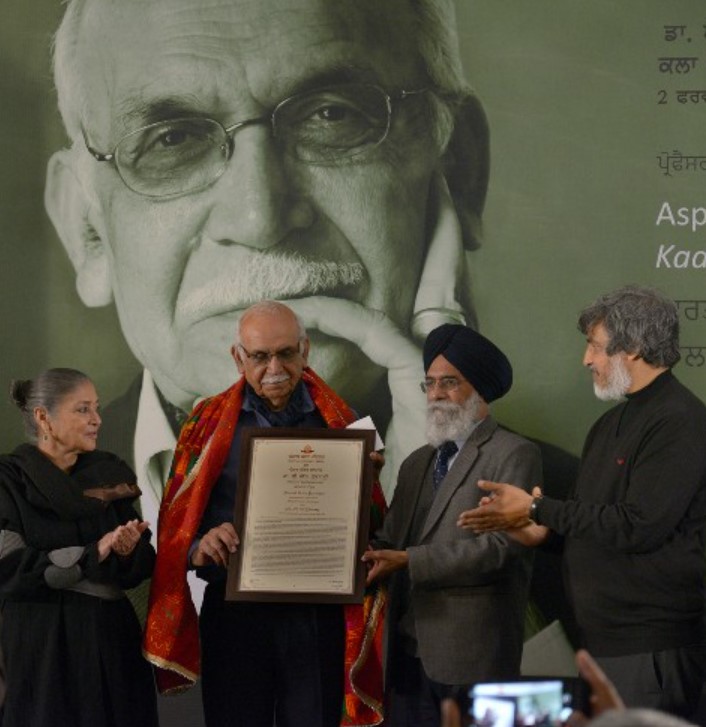 Prof. Goswamy being conferred the ‘Punjab Gaurav Samman ‘by the chairman of Punjab Art Council, Punjab Kala Bhavan, 2018, https://www.worldwisdomnews.com/
Prof. Goswamy being conferred the ‘Punjab Gaurav Samman ‘by the chairman of Punjab Art Council, Punjab Kala Bhavan, 2018, https://www.worldwisdomnews.com/
Important Publications
He authored over twenty-five highly acclaimed books on Indian arts and culture. Some of the famous books written by Prof. Goswamy are, “Painters at the Sikh Court” (1975), “Pahari Masters: Court Painters of Northern India” (1992), “Nainsukh of Guler: A Great Indian Painter from a Small Hill State” (1997). In 2010, he produced “Ranga Roopa: Gods, Wars, Images,” his first art book for young readers, with the intention of introducing them to religious poetry and iconography through painting. “The Spirit of Indian Painting: Close Encounters with 101 Great Works, 1100-1900,” Goswamy’s next book, was written for a non-specialist reader, introducing them to a wide range of painting approaches and traditions in Pre-Modern India, with a focus on the Mughals and the Rajput. He wrote, “Manaku of Guler: Another Great Indian Painter from a Small Hill State” (2017) and, most recently, “Conversations: India’s Leading Art Historian Engages with 101 Themes and More” (2022), alongside many more.
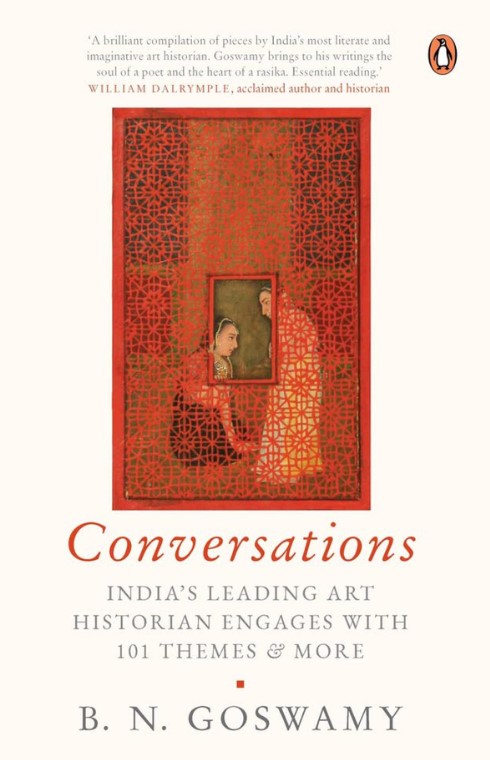 Book cover of B.N. Goswamy’s latest published “Conversations: India’s leading art historian engages with 101 themes & more”, https://penguin.co.in/
Book cover of B.N. Goswamy’s latest published “Conversations: India’s leading art historian engages with 101 themes & more”, https://penguin.co.in/
Contributions in the field of Indian Miniature
Pahari Art being his chosen speciality, he conducted extensive research in the realm of Indian miniature. Prof. Goswamy made significant contributions to the subject of art history by effectively stressing the significance of family and lineage in the creation and continuance of miniature painting. This concept was initially expressed in his groundbreaking article “Pahari Painting: The Family as Basis of Style” (1968) and his expertly written book “Nainsukh of Guler: A Great Indian Painter from a Small Hill-State” (1997).
Documentation on Pahari painters was rare, and the situation was hazy when Goswamy began his investigation into Pahari art. Mansur and Nainsukh were the only pre-modern Indian painters to have full-length studies till recently. However, throughout the years, just a handful of Indian art researchers have been attentively examining inscriptions on miniatures in order to revive the names of the Pahari painters. Goswamy had done more than anybody else to resurrect these Indian masters, give them names, and attempt to rebuild their identities. Goswami was able to piece together information from inscriptions on miniatures with inventive new sources by combining investigative work, intuition, and connoisseurship. For example, inspired by a picture of Nainsukh escorting Raja Balwant Singh’s ashes to Hardwar, he researched the 18th-century pilgrim records kept by the pandas, where he discovered important details of ancestry that allowed him to reconstruct the entire family network of Pandit Seu, Nainsukh, and Manaku, as well as their many miniaturist grandchildren and cousins.
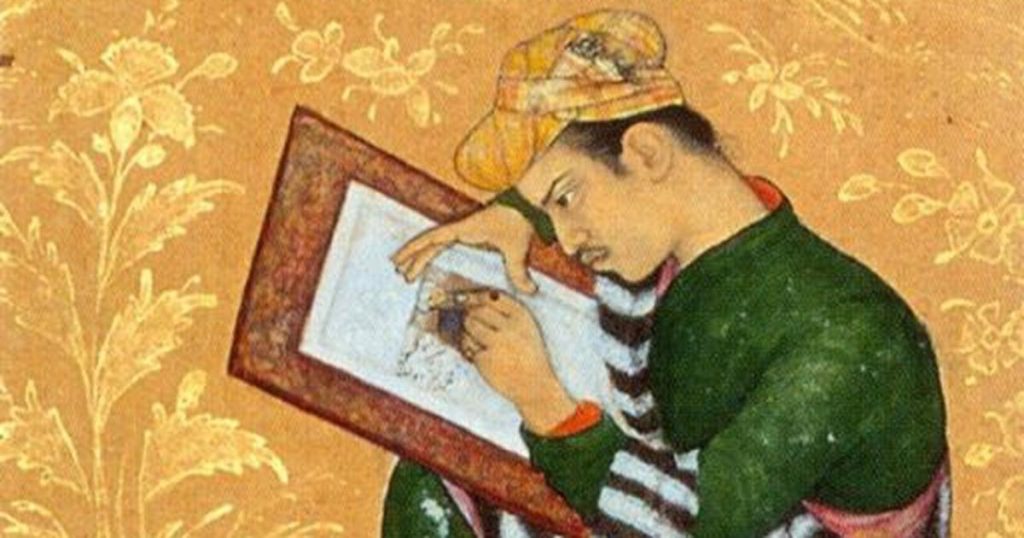 A portrait of painter Abu’l Hasan, work described in the book “Conversations: India’s Leading Art Historian Engages with 101 Themes and More”, by B.N. Goswamy.
A portrait of painter Abu’l Hasan, work described in the book “Conversations: India’s Leading Art Historian Engages with 101 Themes and More”, by B.N. Goswamy.
He eventually expanded his studies to include other places from northern to southern India. He pointed out how the family had a common aesthetic style, but their movement between different patronage locations challenged the existing system of small categories based on schools or centres of production making them obsolete. Goswami claimed that rather than focusing on where the artwork was created or even who the patron was, it was more crucial to determine which artist or family of painters was responsible for it! Depending on who was in charge, court methods might vary greatly, yet various families shared similar strategies and variations.
Travelling shows on “Master Painters from India,” from Zurich to New York
In 1990, Goswamy expanded his research approaches to encompass all the masters of Pahari painting and co-curated a major exhibition with Swiss art historian Eberhardt Fischer. This event was crucial in rewriting the history of the art of the Punjab hills, as it recorded the art of the time through family and individuals instead of courts. Goswamy and Fischer broadened their research to include the full history of the Indian miniature tradition.
This was one of the outstanding presentations that resulted in the age-old awe of Indian art. The exhibition proceeded from Zurich to New York, accompanied by the publishing of a vast two-volume catalogue titled “Masters of Indian Painting”, which included the work of thirty scholars. The result was a total revelation and a stunning evaluation of the human truth behind Indian painting. Goswamy made the most significant contribution to Indian painting documentation by recovering the suppressed identities of the Pahari school painters. He had also organised important exhibits of Indian art on a worldwide scale in places such as Paris, San Francisco, San Diego, New York, and Frankfurt, besides in New Delhi, India.
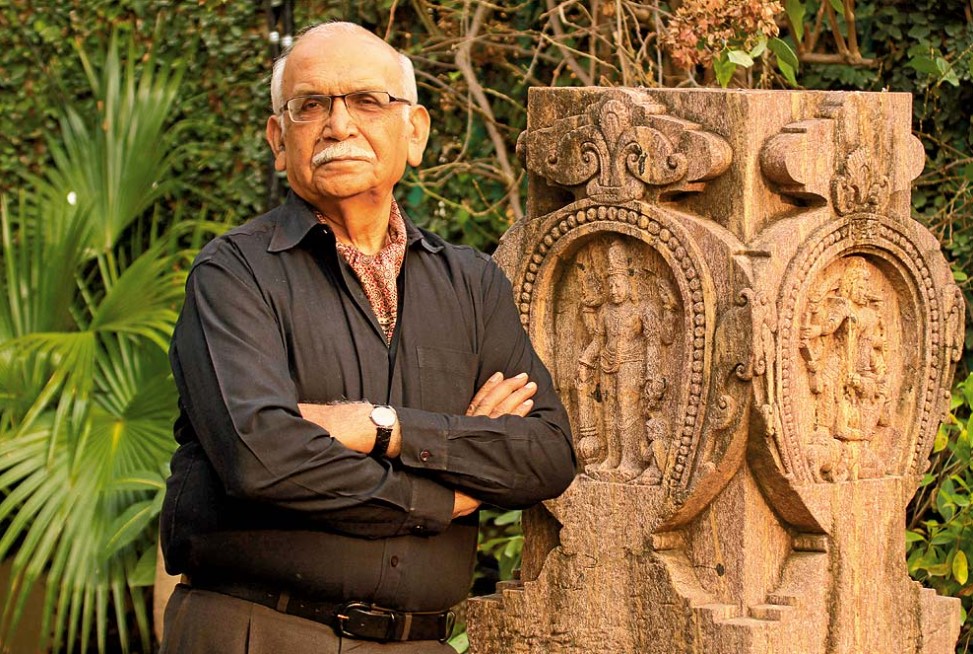 Prof. B.N. Goswamy, https://www.outlookindia.com/
Prof. B.N. Goswamy, https://www.outlookindia.com/
To summarise, B N Goswamy was a well-known art historian, a committed scholar, and a colossal personality who has changed the character of his chosen field of study. He earned an irreplaceable and respected place in the subject of Indian art history via his powerful and compelling prose. He blended the eye of an aesthete, the discriminating of a connoisseur, and the spirit of a poet, with the disciplined mind of a scholar and the graceful writing of an accomplished writer. He taught the reader how to ‘read’ the language of Indian art with his customary quiet, calm, and meticulous authority. He claimed that if we try hard enough, we can still “feel the breath of those times even if lightly upon our skin.” He must have had the unusual ability to make his readers experience complete aesthetic joy through his words.
“Seizing upon precise ideas in art may be like trying to catch fireflies in the night…But should not one at least stretch one’s hands and reach out?” wrote B.N. Goswamy in one of his essays.
Prof. Goswamy’s writing is distinguished by soft, fluid, and poetic language that vividly captures a diverse range of subjects, including textiles, photography, architecture, old documents, cartography, paper history, the art market, book covers, dreams, omens, private and public collections, Europeans in India, carpets, shawls, jewellery, masks, poets, and eminent artists. His writing is clever, allowing him to cast a sidelong gaze at subject-related follies while yet leaving readers smiling. In contrast to today’s crude and hate-filled uproar, Goswamy’s voice is quiet, thoughtful, tolerant, and civilised.
Loss is never easy. But the void left by Prof BN Goswamy is undoubtedly one of the biggest suffered by the art industry. We pay our condolences to the legend, who still moves us with the legacy he left behind. Thank you Prof Goswamy! Thank you for everything!
References:
Websites
- Museum of Art and Photography (MAP)
- A suitable agency
- MAP Academy
Online Review Articles
- Shanta Gokhale, 25th June 2022, “ From miniatures, manuscripts to textiles and photos: Art comes alive in B N Goswamy’s Conversations”, Scroll.in
- Vandana Kalra, 25th September 2016, The Indian Express, “The art of Small Things”
- William Dalrymple,21st December 2014, “The master of small things”, The times of India.
Read Also:
Ms Laila Tyabji: Reviving and Reinventing Indian Handicrafts Through Dastkar initiative
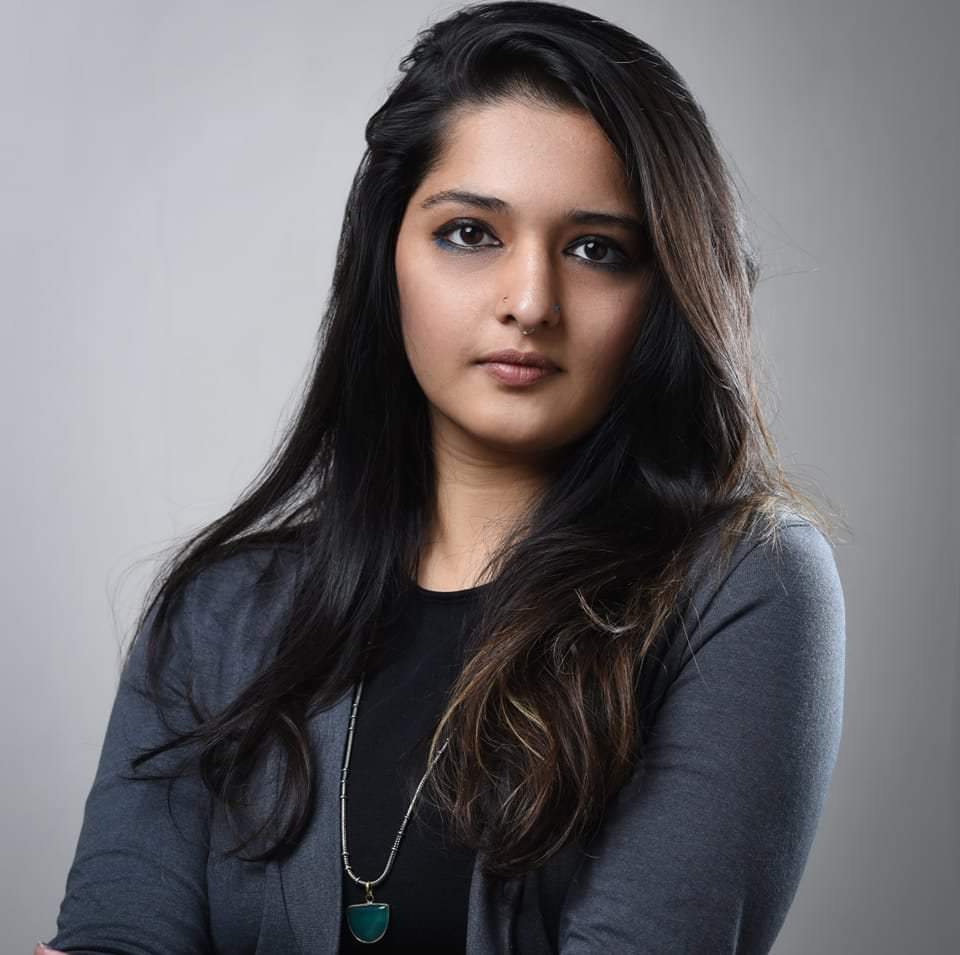
Contributor

